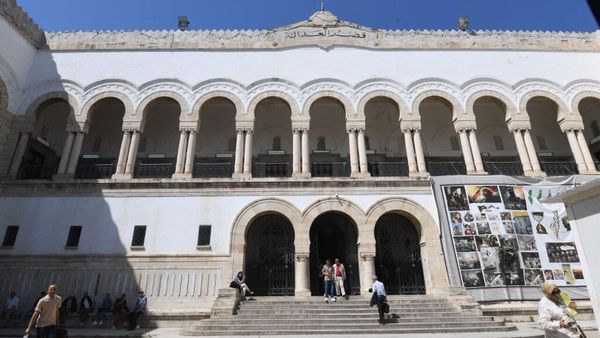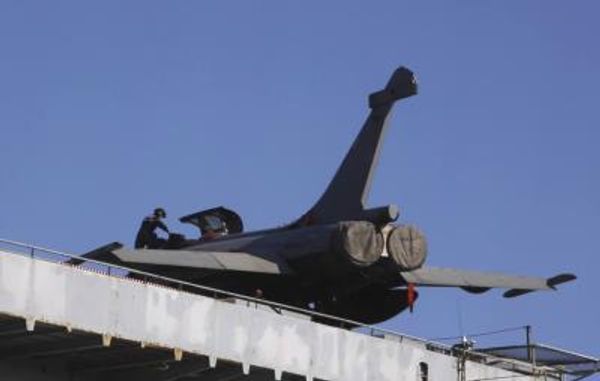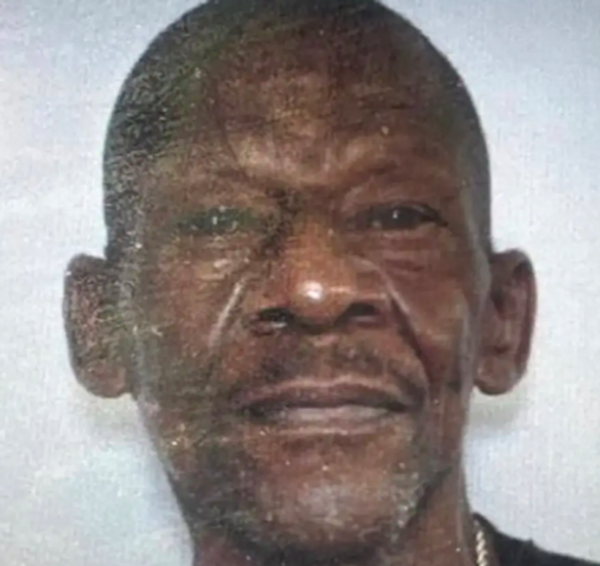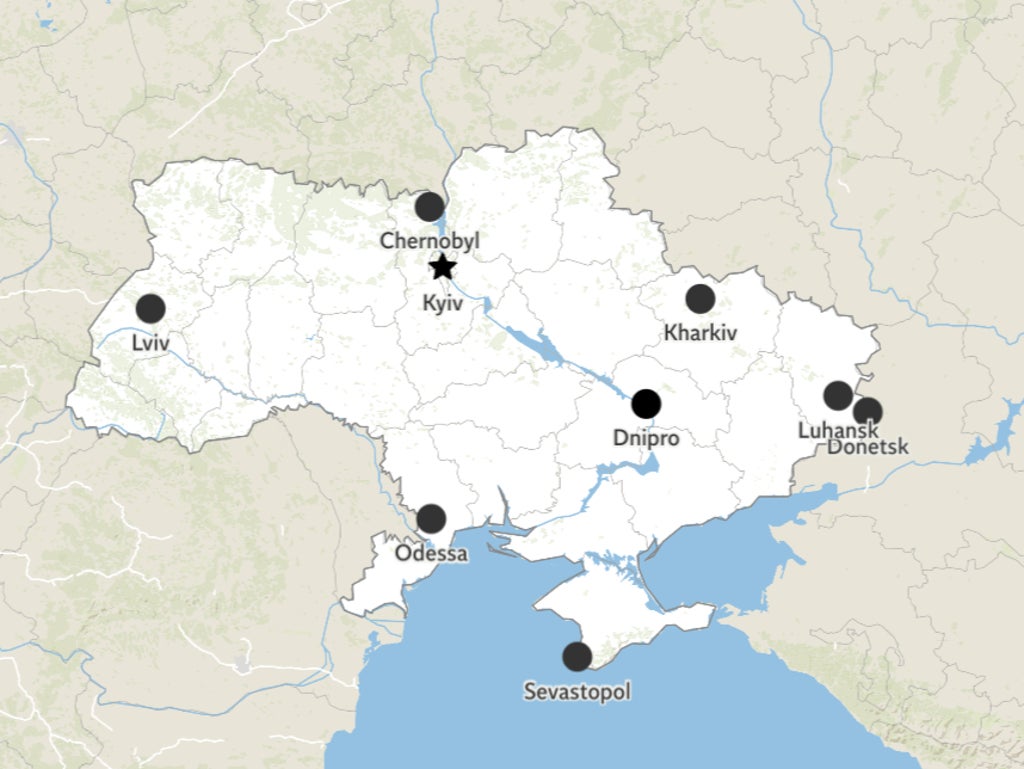
Russia is now 50 days into its long-feared full-scale invasion of Ukraine, which began on 24 February when Vladimir Putin announced his “special military operation” in a televised address to his citizens.
Ukraine’s cities have been under attack ever since, with the locals putting up a courageous resistance at street level to ensure the conquest is far from the formality Mr Putin and the Russian military appear to have assumed it would be.
As the country’s president, Volodymyr Zelensky, leads by example from the streets of the capital Kyiv, tirelessly rallying the international community for support, his people are holding back Russia’s armed forces as best they can.
The aggressor meanwhile continues to employ brutal siege warfare tactics, surrounding the country’s cities and subjecting them to intense shelling campaigns, a strategy previously seen in Chechnya and Syria.
The likes of Kharkiv and Mariupol have been battered by Russian missiles in pursuit of gradual territorial gains in the east and south of Ukraine while the targeting of residential buildings, hospitals and nurseries have led to outraged accusations of civilians being intentionally targeted and of war crimes being commited.
To the West, more than 3m refugees have fled the fighting, pouring into neighbouring Poland, Hungary, Slovakia, Romania and Moldova, creating a major humanitarian crisis.
US president Joe Biden, UK prime minister Boris Johnson and UN secretary general Antonio Guterres have joined other global powers in condemning Moscow’s “unprovoked and unjustified” attack and promised to hold it “accountable”, with the Western powers subsequently introducing another round of tough economic sanctions against Russian banks and businesses.
The Russian ruble has since fallen to historic lows against the US dollar, forcing the country’s central bank to introduce capital controls as Russian businesses are boycotted around the world and its sports stars and musicians banned from taking part in international competitions as Mr Putin presides over a pariah state of his own making.
Tensions in Eastern Europe have rumbled on since December when Russia stationed an estimated 130,000 soldiers along its western border and then another 30,000 in Belarus, consistently denying it had any attention of making incursions into Ukraine.
Frantic diplomatic negotiations were pursued by the likes of US secretary of state Antony Blinken, French president Emmanuel Macron, German chancellor Olaf Scholz and UK foreign secretary Liz Truss in the hope of averting calamity but ultimately came to nothing.
The situation escalated drastically when Mr Putin moved to officially recognise the pro-Russian breakaway regions of the Donetsk People’s Republic (DPR) and Luhansk People’s Republic (LPR) as independent states, enabling him to shift military resources into those areas in anticipation of the coming assault under the guise of extending protection to allies.
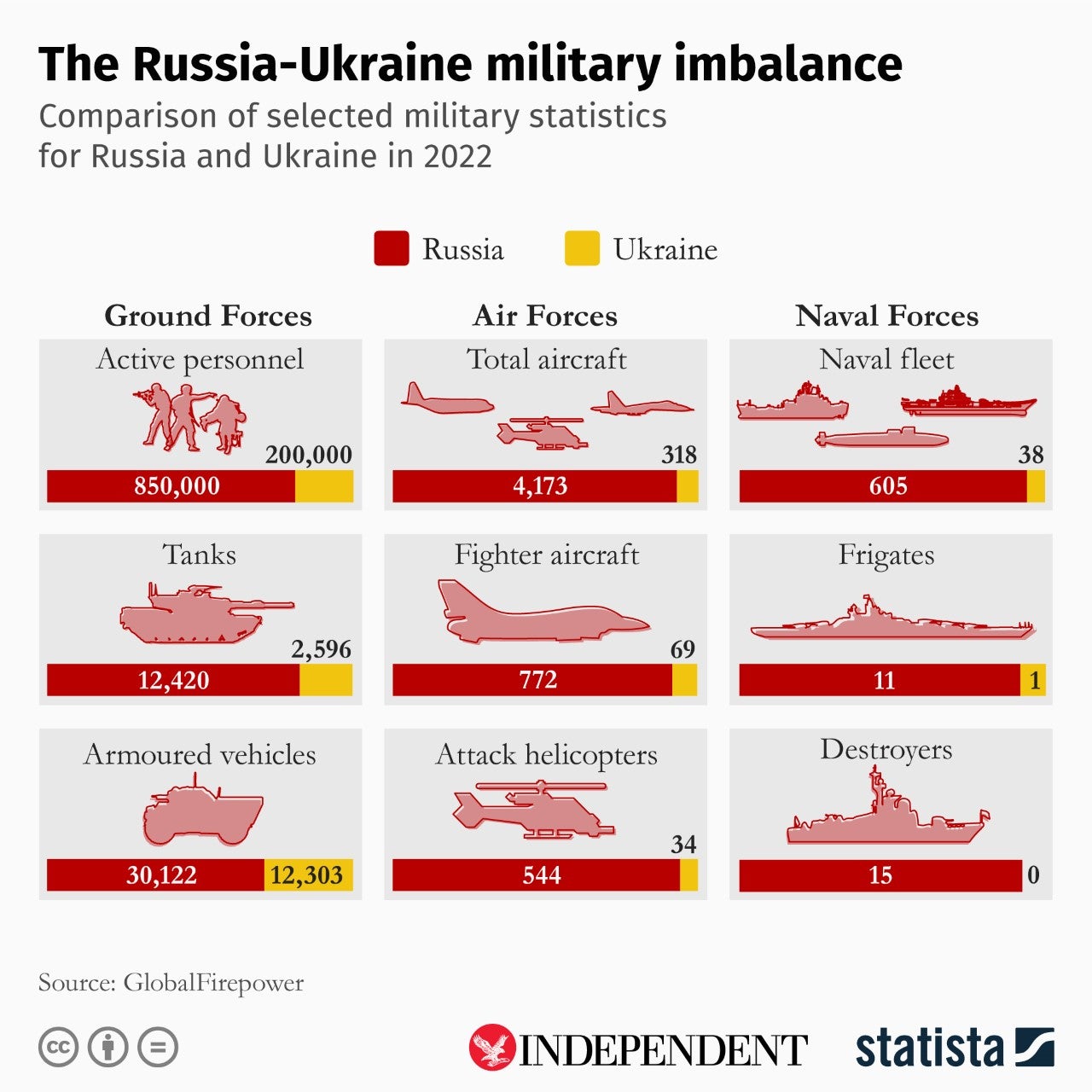
The decision to recognise the self-proclaimed DPR and LPR, which first declared independence in May 2014 and have been engaged in bloody conflict ever since, came after a direct appeal for military and financial aid from their respective leaders, Denis Pushilin and Leonid Pasechnik.
Russia has previously denied accusations from Ukraine and Nato that it had been helping to arm and fund the rebels in a fight that has cost more than 14,000 lives.
The international community immediately hit out at Russia’s calculated chess move, with the United Nations Security Council expressing “great concern”.
Vassily Nebenzia, the Russian ambassador to the UN, insisted at the time that there would be no “new bloodbath” in eastern Ukraine but warned the West to “think twice” before making matters worse.
Behind all of this is Mr Putin’s fierce opposition to Ukraine joining Nato in search of greater protection.
He is believed to desire the return of former Soviet satellite states like Ukraine, Georgia and perhaps Belarus, Lithuania, Latvia and Estonia to the embrace of what he still considers to be their motherland, lamenting their independence since the collapse of the USSR in 1989.
The Kremlin leader previously annexed the Crimean Peninsula in 2014 in response to Ukraine voting out his ally Viktor Yanukovych, shrugging off the protests and international condemnation that followed.
Here are two maps to explain Ukraine’s frought situation as the conflict gets underway.
The first shows its borders within continental Europe (Moldova, Romania, Hungary, Slovakia and Poland lie to the south west and west while Belarus sits north) and its major cities.
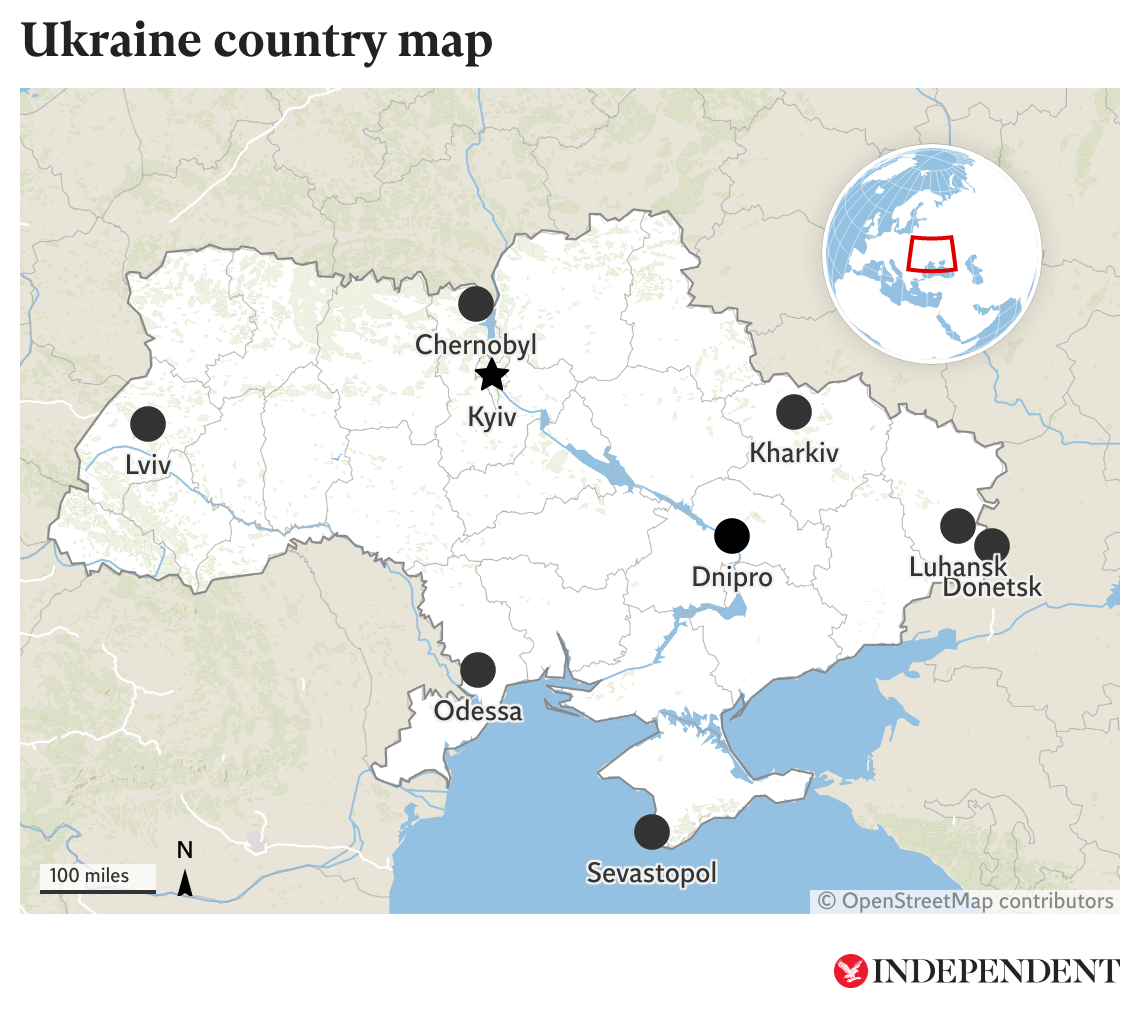
The second details the latest incursions made by Russian troops, tanks, armoured vehicles and artillery units, which are currently clustered to the noth and south and around the eastern front surrounding the Donbas region of Ukraine where Donetsk and Luhansk are situated.
The Russian military has a heavy presence in the Crimea as well as naval forces lurking in the Black Sea.
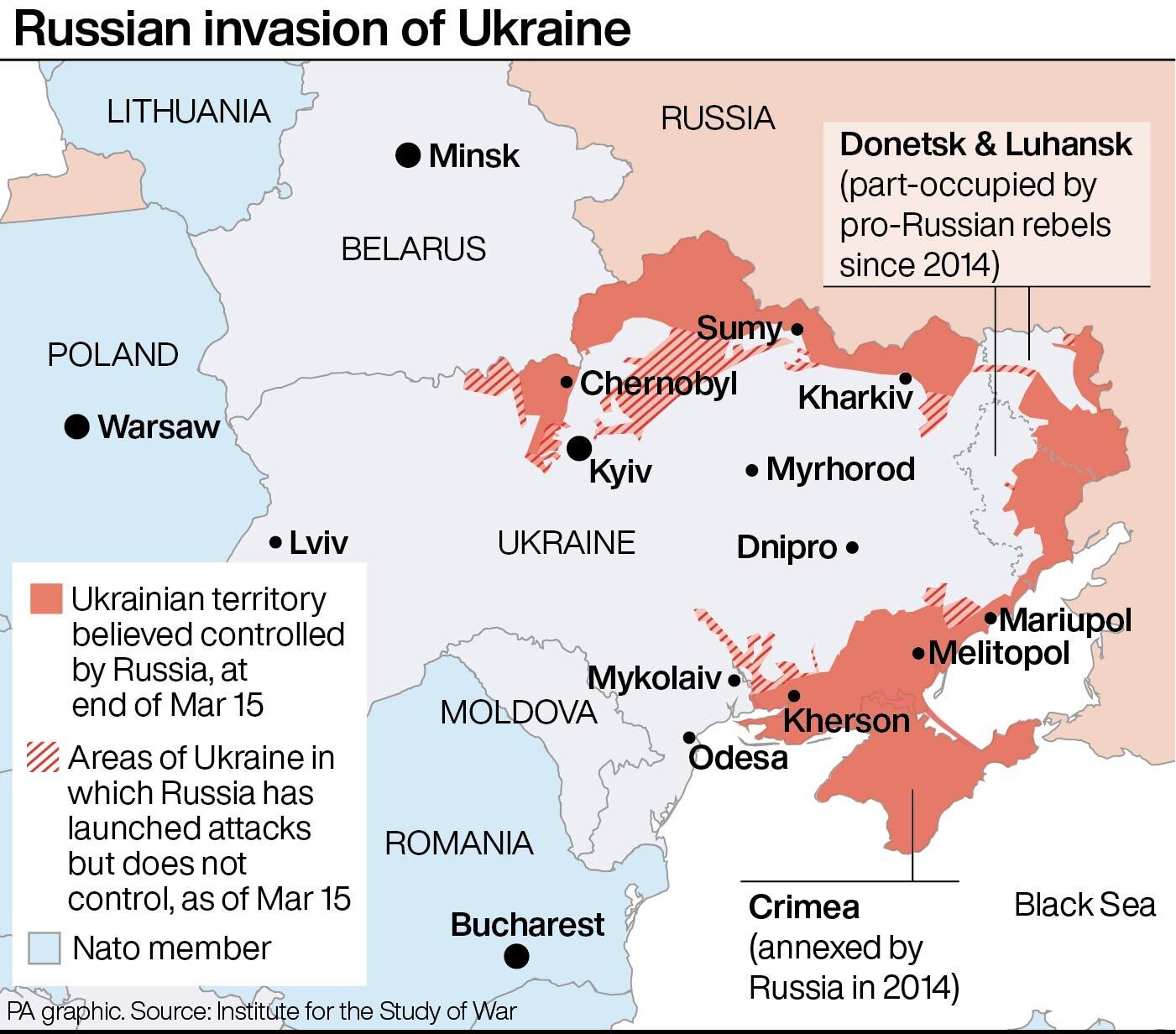
Adding to the gravity of the situation for Ukraine is the significant gulf in military strength between the two combatants.
While Ukraine has under 250,000 troops and is looking to add a further 130,000 to its ranks, Russia has almost a million soldiers at its disposal. It also has much more sophisticated and abundant military hardware.
Speaking of the disparity between the two armies, Vadym Prystaiko, Ukraine’s ambassador to the UK, said it is unfortunate that his country is not part of Nato.
“We are not part of this family and we are facing the biggest army in Europe by ourselves,” he said.
The Independent has a proud history of campaigning for the rights of the most vulnerable, and we first ran our Refugees Welcome campaign during the war in Syria in 2015. Now, as we renew our campaign and launch this petition in the wake of the unfolding Ukrainian crisis, we are calling on the government to go further and faster to ensure help is delivered. To find out more about our Refugees Welcome campaign, click here. To sign the petition click here. If you would like to donate then please click here for our GoFundMe page.
